Refund Guaranteed
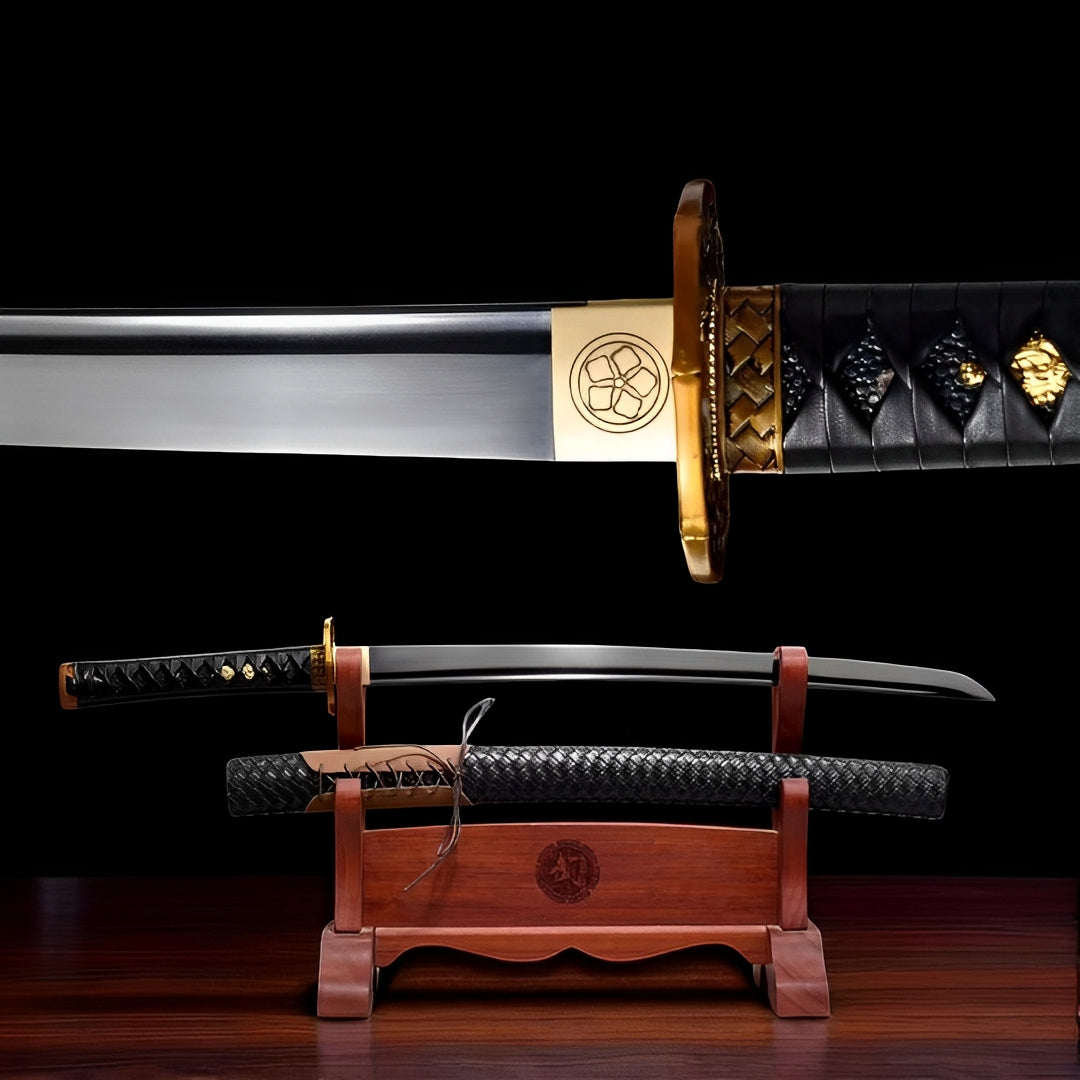
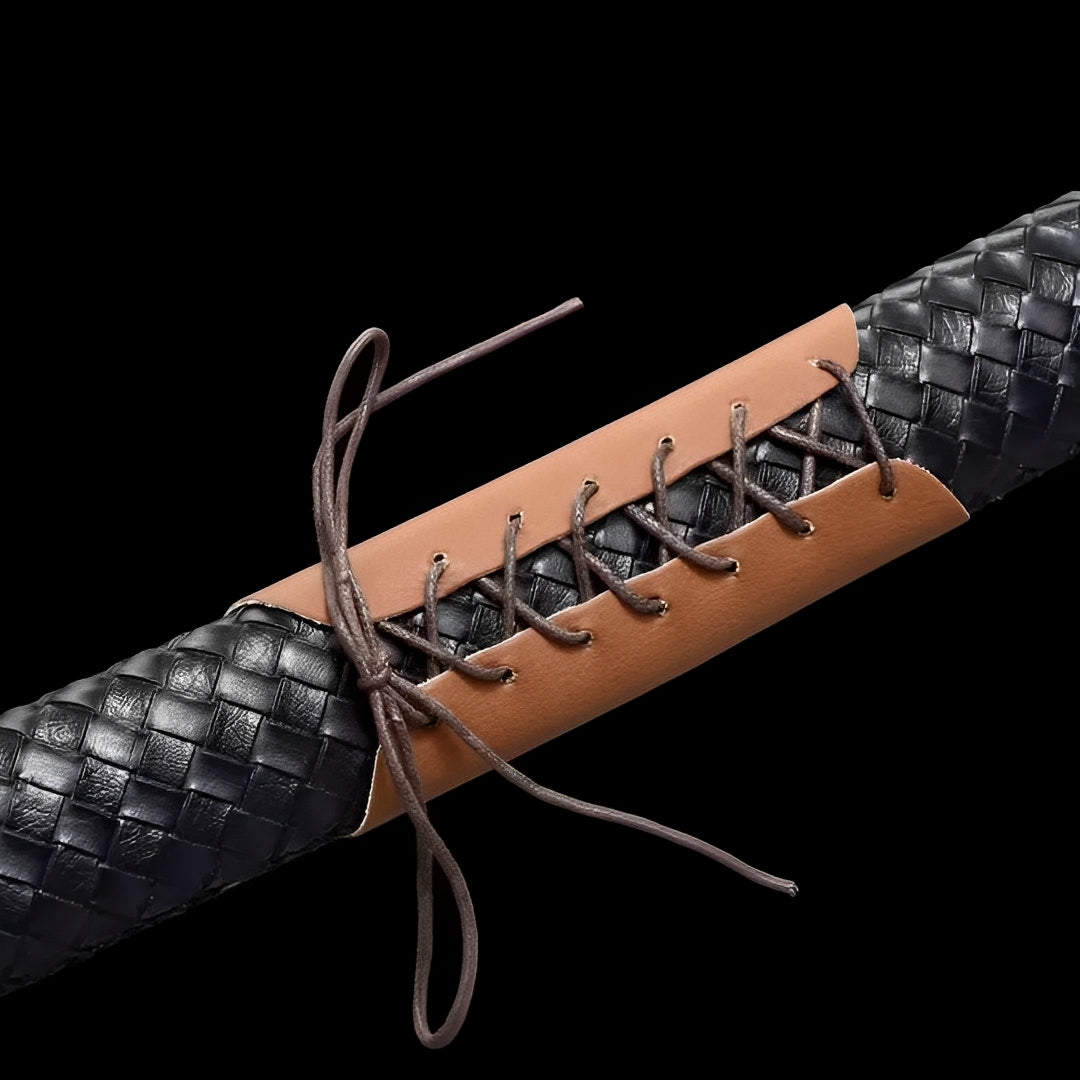
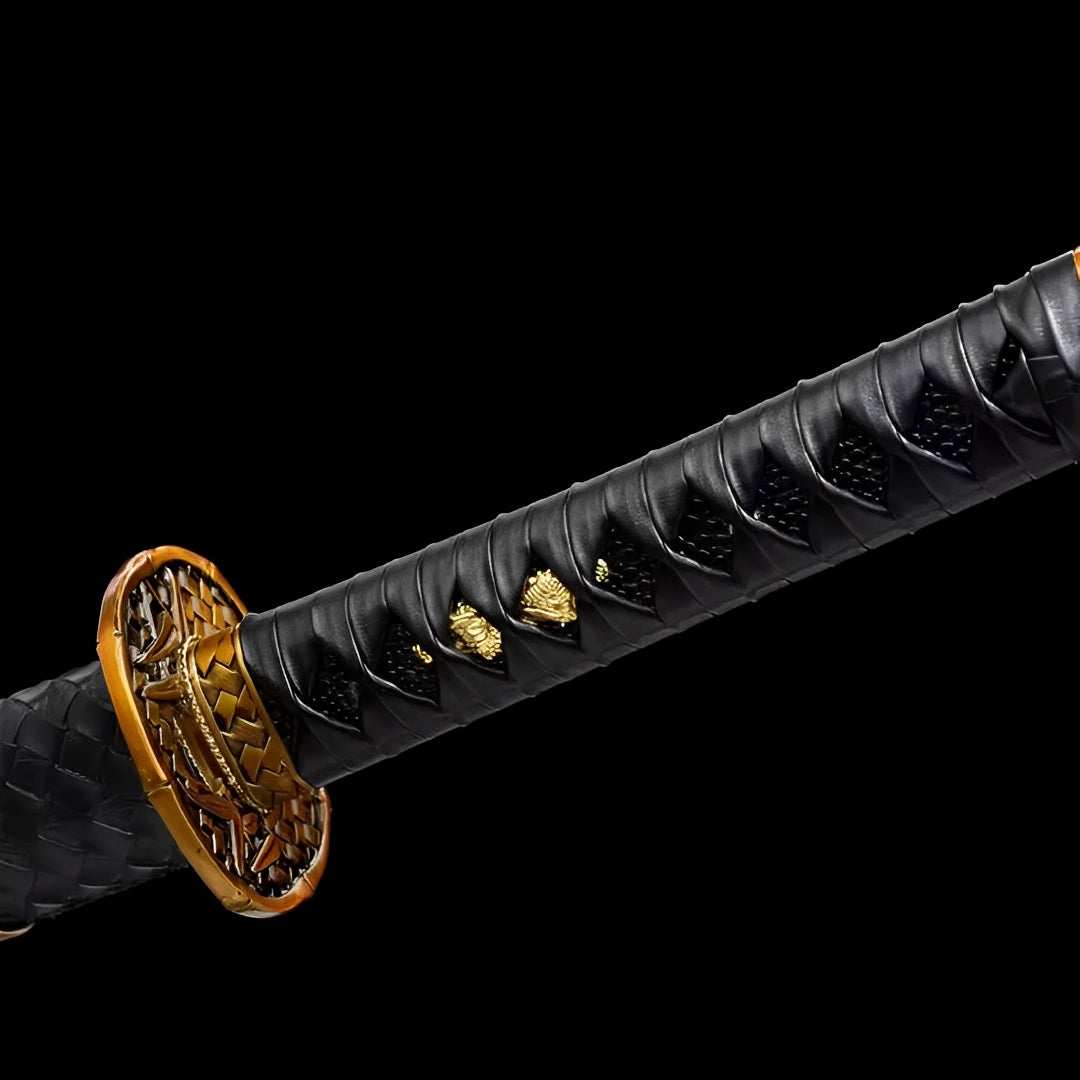
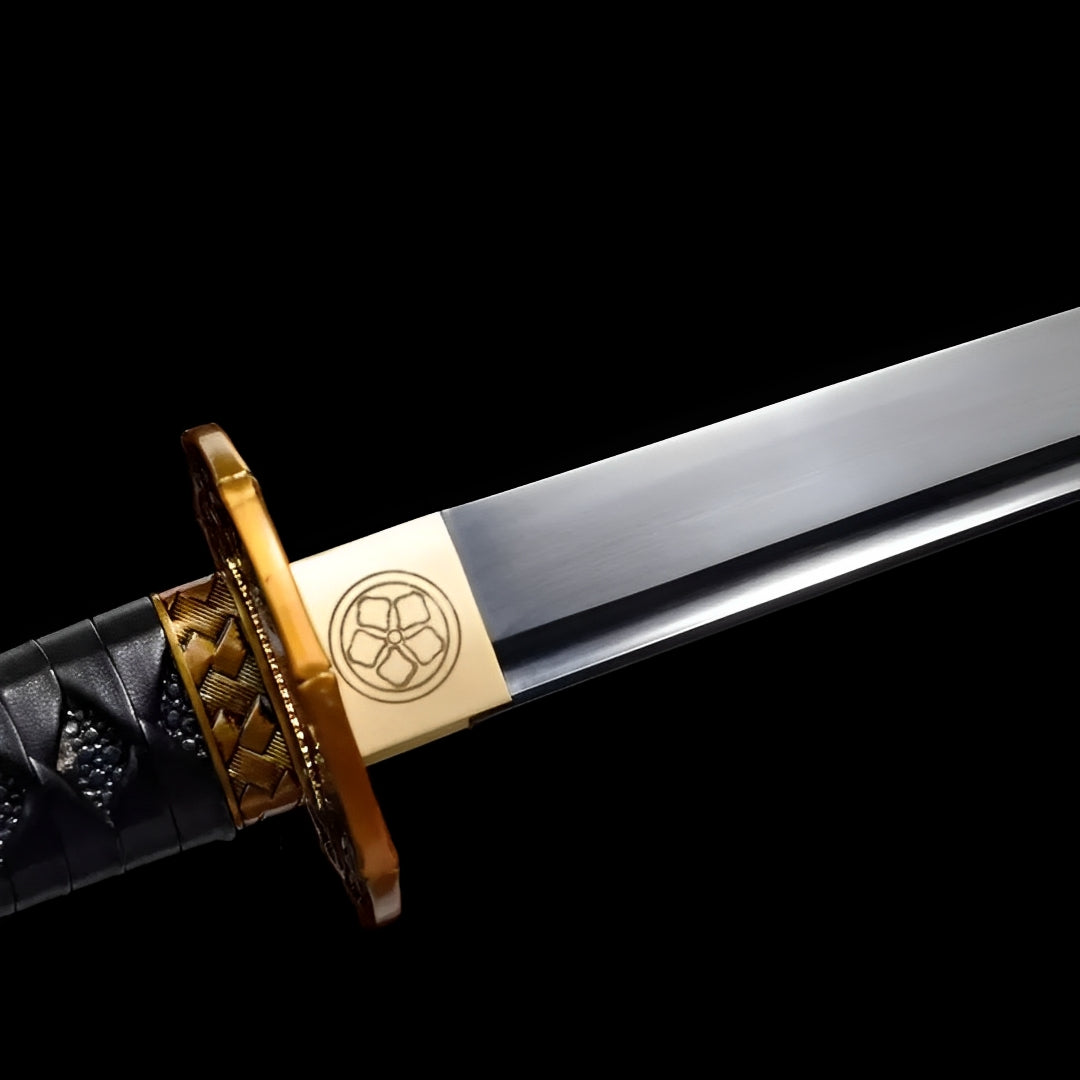
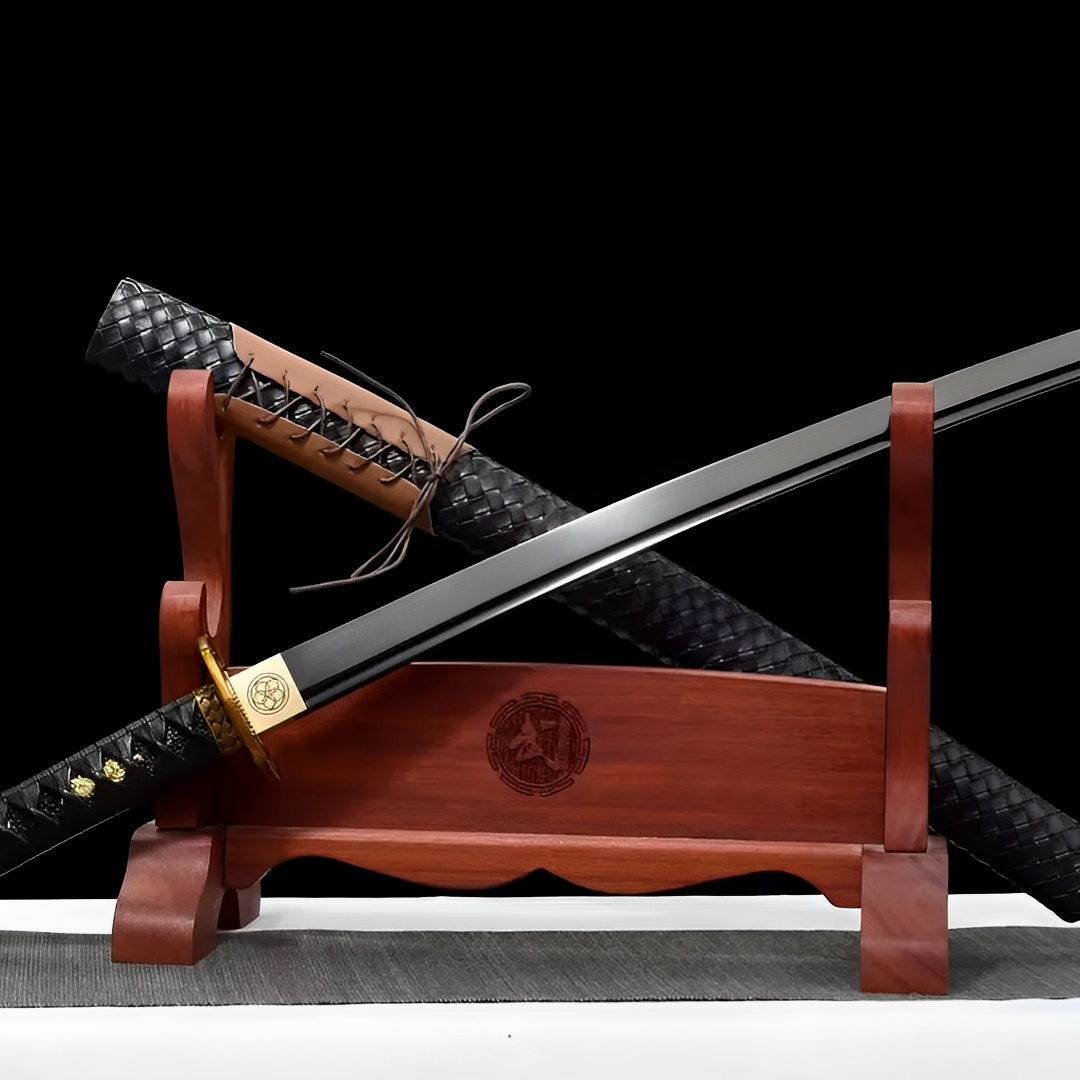
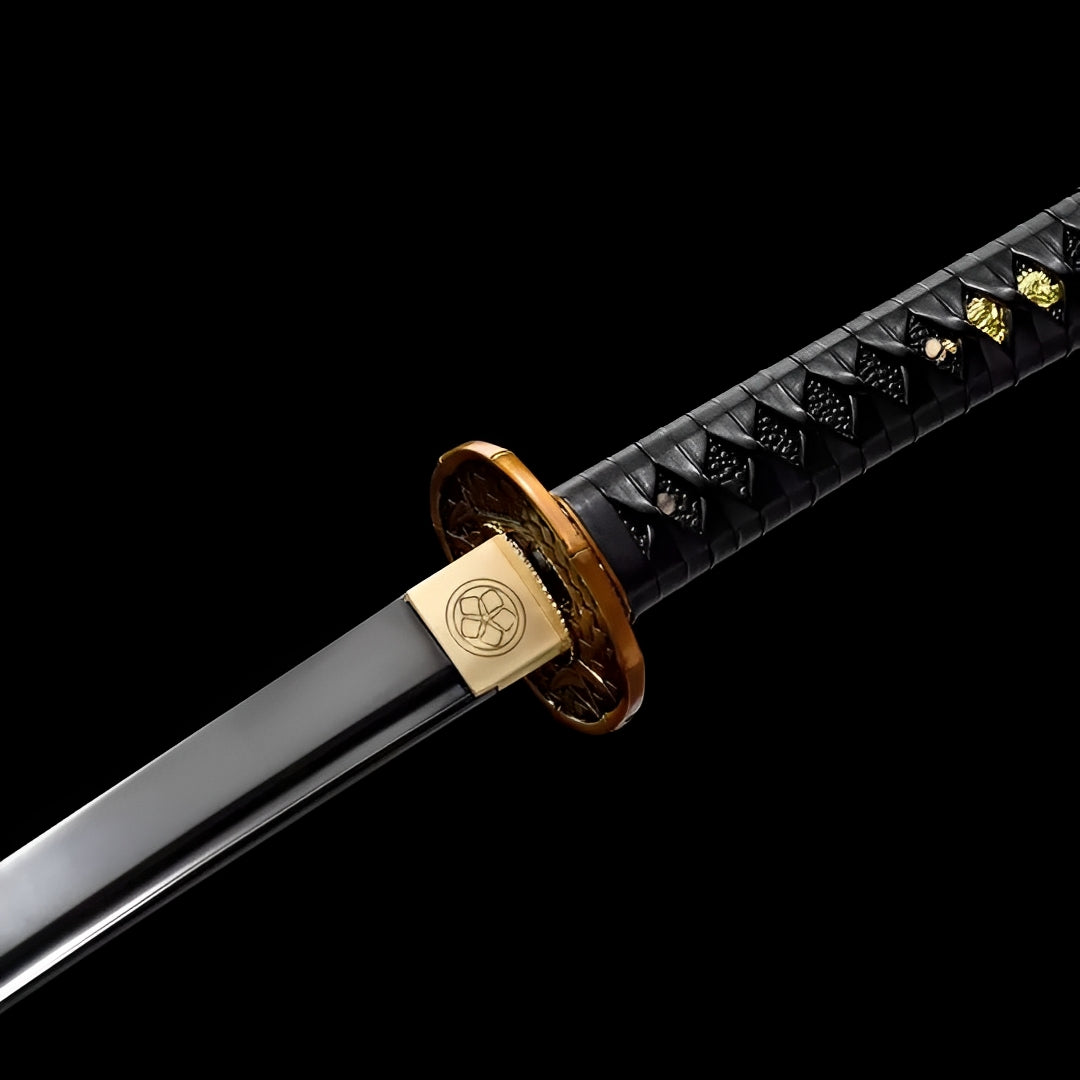
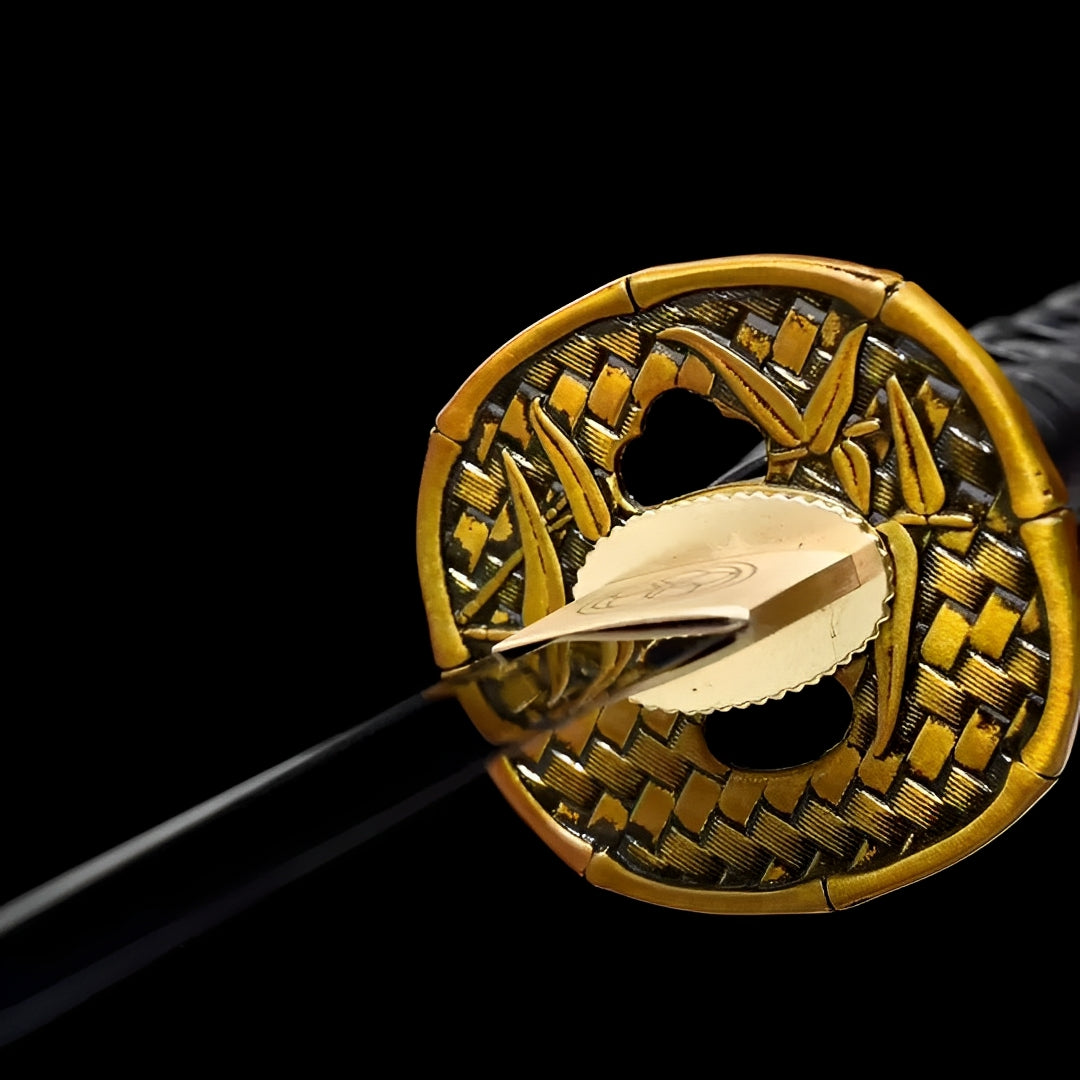
Why choose us
Ships within 48/72h
Forged Blade
Collector Quality
Trusted Globally
Inspired by Japan
Kurohana Wakizashi (Carbon Steel) - 黒華の
Popular upgrades
Free Shipping over $250
No Bots, No AI
Refund Guaranteed
Free Shipping over $250
No Bots, No AI
Our team is here to help with any questions or concerns.
We’re always happy to assist you — don’t hesitate to reach out.
Why choose us
Ships within 48/72h
Forged Blade
Collector Quality
Trusted Globally
Inspired by Japan

Kurohana Wakizashi (Carbon Steel) - 黒華の
Specifications
- Handcrafted
- SHARP blade
- Full tang in the handle
- Blade: 1060 carbon steel
- BO-HI groove
- Sageo / ITO made of cotton
- Synthetic ray skin on the tsuka
- Solid wood scabbard
- Tsuba made of copper
- Total length: 80 cm
- Blade length: 52 cm
- Blade width: 3.5 cm
- Blade thickness: 0.7 cm
-
Handle length: 25 cm
Kurohana Wakizashi - Black Blossom Companion Sword
Enter refined power with the Kurohana Wakizashi, where midnight black meets burnished bronze in stunning contrast. This sophisticated Japanese companion sword transforms the traditional samurai secondary blade into statement piece - elaborate golden ornaments cascade down ebony handle like metallic petals, while woven black saya suggests armor scales protecting lethal grace within. Not backup weapon but co-star demanding equal reverence.
The Daisho Partnership
Wakizashi served as katana's inseparable companion in the legendary daisho (大小 - big-little) pairing that defined samurai class privilege. While katana handled battlefield confrontations and formal duels, the samurai wakizashi proved indispensable for indoor combat where ceiling height prevented full-length sword swings, close-quarters defense, and the solemn ritual of seppuku where shorter blade provided necessary control.
The Kurohana specifically embodies that companion sword philosophy. Its refined aesthetics suggest pairing with equally elaborate katana, creating matched set that announced owner's status through coordinated beauty. Samurai didn't casually mix mismatched swords - the daisho represented unified identity, visual declaration of clan affiliation and personal taste.
This traditional wakizashi follows authentic proportions refined over centuries - blade length allowing single-hand or two-hand grip depending on technique, curvature balancing cutting efficiency with draw speed, weight distribution enabling rapid direction changes during confined space combat.
Historical records document samurai maintaining multiple daisho sets for different occasions - everyday practical pairs, formal presentation sets for castle visits, and treasured heirloom combinations passed through generations. The Kurohana's premium finishing places it firmly in the special occasion category, designed for moments when appearance matters as much as functionality.
The name Kurohana (黒花 - black blossom) captures the sword's essential aesthetic - darkness adorned with golden floral beauty, strength wearing elegance without apology, masculine power accepting decorative enhancement.
Golden Ornament Cascade
The defining visual feature of this decorative wakizashi lies in its extraordinary menuki array - multiple golden ornaments positioned along the black-wrapped handle creating cascading metallic highlights. While traditional wakizashi typically feature one or two menuki beneath ito wrapping, the Kurohana boldly displays numerous ornaments in graduated arrangement.
Each golden piece appears individually crafted, possibly depicting different traditional motifs - perhaps cherry blossoms, family crests, dragons, or geometric patterns. This variety creates visual rhythm as the eye travels from tsuba to kashira, discovering new details with each examination. The metallic sheen catches light from every angle, ensuring the sword commands attention even in subdued lighting.
The bronze-tone menuki contrast dramatically against pure black ito wrapping, their warm metallic glow preventing the dark handle from becoming visually heavy or oppressive. This strategic color placement demonstrates sophisticated understanding of visual balance - darkness needs light punctuation, severity requires grace notes.
Traditional Japanese metalwork for sword fittings represented high art form. Master craftsmen spent careers perfecting techniques for casting, engraving, inlaying, and finishing metals into miniature sculptures. Quality menuki should feel substantial when handled, their weight confirming solid construction rather than hollow shells.
The multiple ornament approach also serves functional purpose beyond decoration. During combat, these raised elements provide tactile reference points allowing warrior to confirm proper grip without looking - critical advantage when eyes must track opponents rather than checking hand position.
Woven Armor Aesthetic
The black saya displays remarkable textured pattern suggesting woven materials or scaled armor - intricate diamond or basketweave design covering the entire scabbard length. This isn't simple paint but dimensional surface treatment creating visual and tactile complexity.
The pattern references samurai armor construction where individual scales or plates overlapped to provide protection while allowing movement. Applying this aesthetic to blade scabbard creates symbolic connection between warrior's defensive equipment and offensive weapon - complete warrior identity expressed through coordinated design language.
Black provides perfect backdrop for this textural play. Solid color allows shadows and highlights to define the woven pattern clearly, while the darkness maintains sophisticated restraint preventing the elaborate surface from reading as busy or chaotic.
The glossy finish on certain portions suggests lacquerwork - traditional Japanese technique requiring patience and expertise. Multiple thin coats build toward depth and luminosity impossible with single-application modern paints. Quality Japanese lacquer develops subtle patina over decades, adding character that enhances rather than diminishes value.
Golden hardware throughout - likely including kurikata (cord attachment), kojiri (scabbard tip), and koiguchi (scabbard mouth) - maintains the black-and-bronze theme established by the handle ornaments. This color discipline across all components demonstrates design sophistication separating premium pieces from assembled-from-parts reproductions.
Bronze Guard Elegance
The tsuba (guard) features warm bronze tone with what appears to be engraved or embossed circular mon (family crest or symbolic emblem). This golden-bronze disc provides visual anchor between black-wrapped handle and black scabbard, its metallic warmth creating focal point drawing the eye.
Traditional tsuba served defensive purpose - protecting hand from opponent's sliding blade - while providing canvas for artistic expression. The circular mon visible on this guard might represent actual family crest, Buddhist symbol, or geometric pattern with symbolic meaning. Serious collectors research these emblems, sometimes discovering historical connections or maker signatures.
The bronze finish develops natural patina over time, darkening in recesses while remaining bright on raised surfaces. This aging process adds authenticity that new-looking finishes lack. Collectors debate whether to polish fittings maintaining original brilliance or allow natural aging that tells stories of time passing.
Quality tsuba should feel balanced when the sword rests in hand - not too heavy dragging forward, not too light feeling insubstantial. The metal should ring with clear tone when lightly tapped, indicating solid construction rather than hollow pressing.
Museum Display Magnificence
This collector wakizashi demands presentation worthy of its craftsmanship. The included wooden stand shown suggests traditional kake-dai display method, but the Kurohana's beauty rewards creative positioning exploring different angles and lighting conditions.
The black and bronze color scheme works universally - enhancing minimalist modern interiors through sophisticated restraint, fitting traditional Japanese rooms through cultural authenticity, and complementing eclectic spaces through timeless elegance. Unlike aggressive reds or challenging whites, black-and-gold reads as perpetually refined.
Consider museum-style case displays with controlled lighting emphasizing the golden menuki cascade and textured saya patterns. Rotating lighting throughout day reveals how appearance transforms - morning sun creates warm glow, afternoon light emphasizes textures, evening illumination makes the golden elements glow against surrounding darkness.
Perfect for serious collectors building premium Japanese sword collections, martial artists studying traditional weapons wanting authentic references, interior designers curating spaces where every object justifies presence through beauty and meaning, or anyone understanding that certain pieces transcend ownership becoming stewardship responsibilities.
The Kurohana particularly appeals to those appreciating sophisticated contrast aesthetics - not loud opposition but refined dialogue between darkness and light, strength and elegance, function and beauty. It proves that warrior tools can embrace decoration without compromising their essential purpose.
Care Instructions: Handle the black-wrapped tsuka with clean hands to prevent oil transfer. The textured saya requires gentle dusting with soft brushes reaching into pattern recesses. Bronze fittings benefit from occasional specialized metal polish maintaining their warm glow. Store blade properly oiled in climate-controlled environment. The elaborate finishing rewards attentive maintenance with enduring beauty.
Where darkness blooms golden. The Kurohana Wakizashi elevates collections.
Legal Disclaimer
By purchasing from Katana Corp, you acknowledge and agree that:
- You are at least 18 years of age (or the age of majority in your jurisdiction).
- You are solely responsible for verifying and complying with all local laws and import regulations before placing an order.
- Some countries prohibit the importation of swords entirely. Katana Corp is not responsible for orders delayed, seized, or refused by customs authorities.
- All katanas and related products are sold strictly as decorative and display items. They are not intended or certified for combat use.
- Depending on the jurisdiction, swords may legally be considered bladed weapons, subject to specific restrictions or prohibitions.
- Katana Corp disclaims all liability for any injury, damage, or legal consequences resulting from misuse, abuse, or unlawful use of its products.
For full details, please refer to our Terms of Service.
Care & Maintenance
To maintain your katana's appearance and performance over time, we recommend:
- Regularly wiping the blade with a soft cloth to remove fingerprints and moisture.
- Applying a light coat of choji oil to prevent rust (for carbon steel blades).
- Storing the sword in a dry place, preferably inside its saya.
- Avoiding direct contact with hard surfaces to preserve sharpness and finish.
For more care tips, check our full maintenance guide in the FAQ section.
Behind the Blade
Every katana we offer carries the essence of centuries-old craftsmanship.
More than just a weapon, the katana symbolizes discipline, honor, and mastery.
Our artisans draw inspiration from traditional forging methods to ensure each blade reflects the spirit of the samurai — strength, precision, and soul.
Owning one is not just about aesthetics — it’s about carrying a piece of that legacy.
User Experience
This katana is designed to offer a perfect balance between blade and handle.
Its ergonomic tsuka (handle) allows a secure two-handed grip, while the weight distribution ensures smooth, fluid movement.
Whether for training, display or cutting practice, handling feels natural and precise.
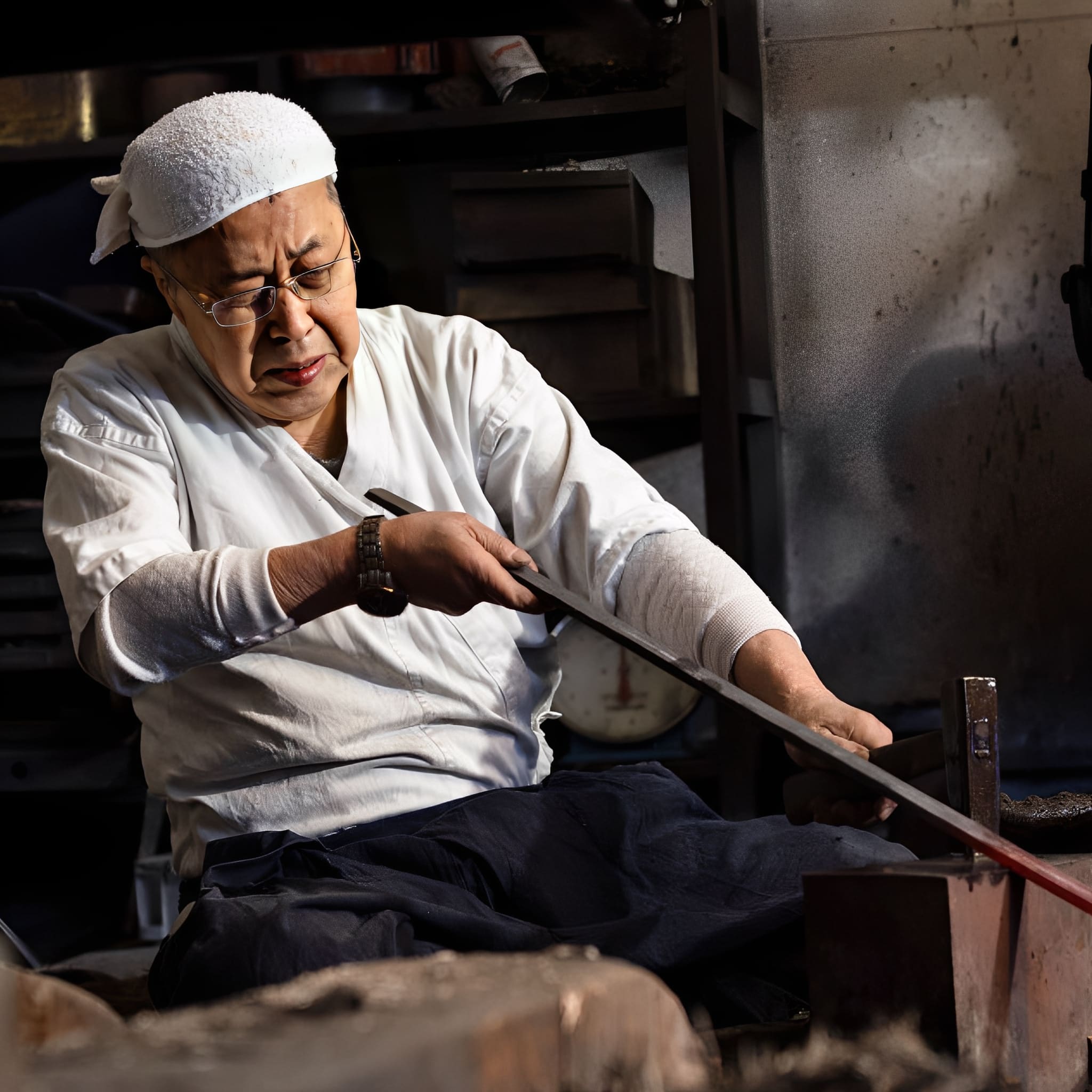
The Art of Traditional Forging
Each katana we craft is born from centuries of samurai tradition.
Our master smiths shape every blade by hand, folding the steel to achieve unmatched strength, flexibility, and beauty.
This time-honored process is not just about creating a weapon? it’s about preserving a legacy of discipline, honor, and artistry.
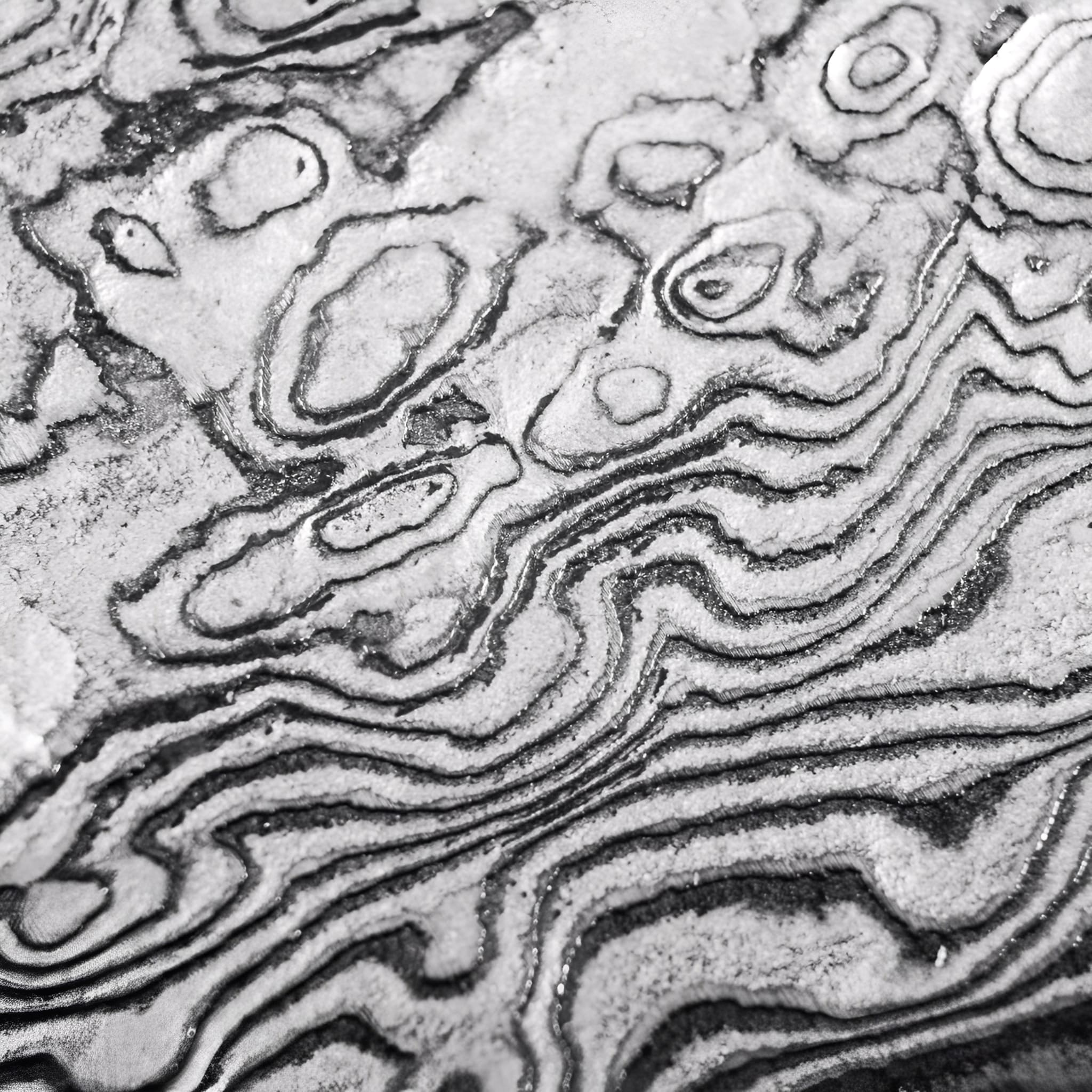
Materials Chosen Without Compromise
We select only the highest-grade steels and authentic fittings to ensure every katana is both a masterpiece and a reliable companion.
From the flawless hamon line to the perfectly balanced tang, each detail is carefully inspected to meet the highest standards of performance and aesthetics.
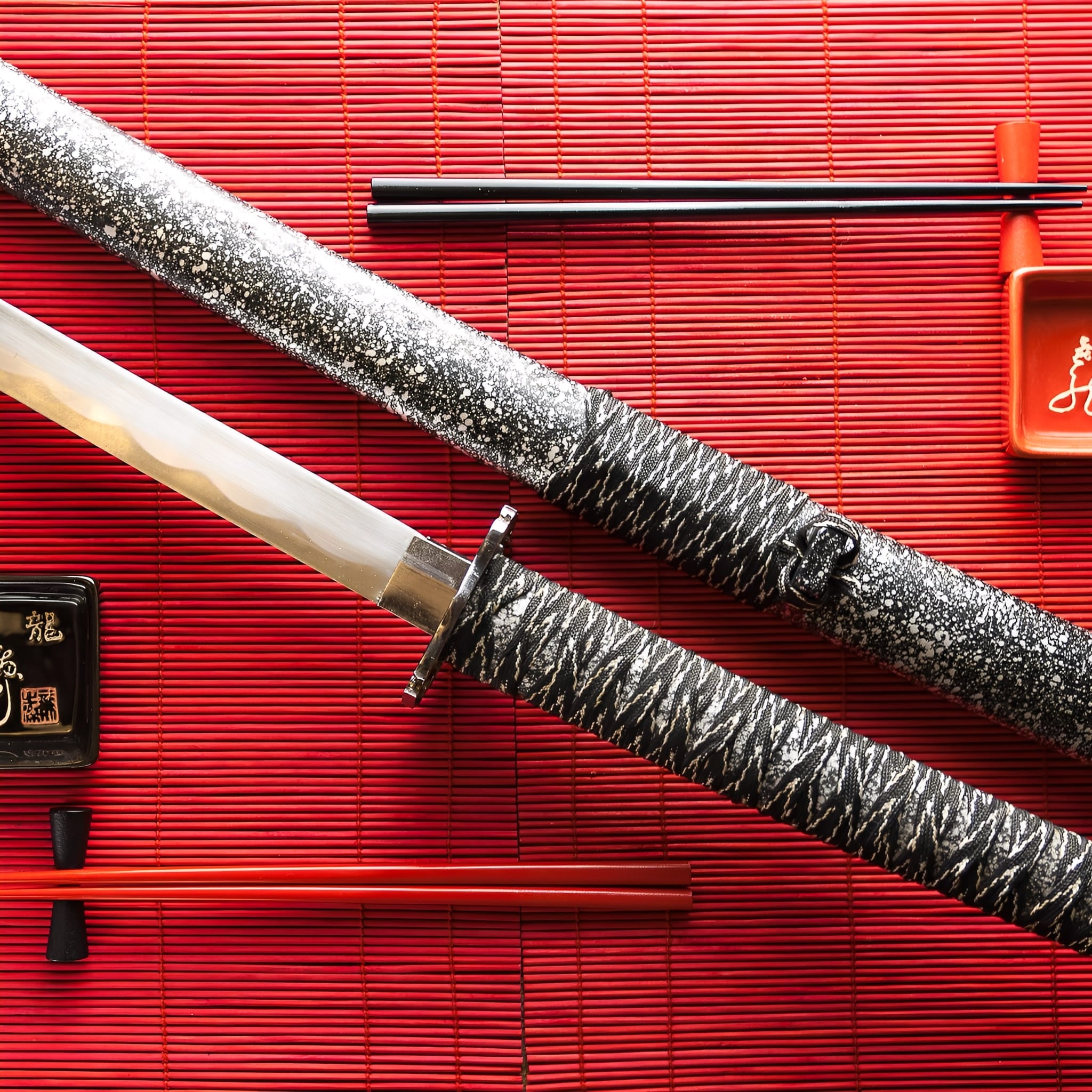
More Than a Sword, A Lifelong Legacy
Owning a handmade katana is an experience that goes beyond the blade itself. It’s holding history, tradition, and craftsmanship in your hands.
Whether displayed as a work of art or wielded with precision, your katana will stand as a symbol of timeless skill and dedication for generations to come.
-
Key Destinations
United States: 5–7 days
Canada: 5–7 days
Australia: 6–9 days
Denmark: 4–6 days
Netherlands: 3–5 days
Sweden: 4–6 days
Switzerland: 3–5 days
Finland: 5–7 days
Singapore: 6–8 days -
Central European Partners
France: 2–3 days
Germany: 3–5 days
Spain: 4–6 days
Italy: 4–6 days
Belgium: 3–5 days
Austria: 4–6 days
Ireland: 4–6 days
Poland: 4–6 days
Portugal: 4–6 days -
Extended EU Network
Czechia: 4–6 days
Hungary: 4–6 days
Slovakia: 4–6 days
Slovenia: 5–7 days
Romania: 5–7 days
Bulgaria: 5–7 days
Croatia: 5–7 days
Serbia: 5–7 days
Estonia: 5–7 days
Latvia: 5–7 days
Lithuania: 5–7 days
Luxembourg: 3–5 days
Greece: 5–8 days -
FAQ’s
Visit our FAQs page to find answers to common questions.